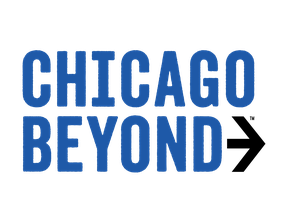Unconscious bias is everywhere. Whether or not we take notice, bias is present in our daily lives, in our relationships, at work, and in interactions with complete strangers. Bias is what happens over time – we take in millions of pieces of information every day and categorize them into different patterns, or familiarities. And that is how bias helps us make decisions daily. However, by definition, bias is “prejudice in favor of or against one thing, person, or group compared with another, usually in a way considered to be unfair.”

Outside of our mundane bias – what we will eat for lunch, how we will set up our workspace, what news sources to visit – bias can also be unwittingly responsible for driving some of society’s major decisions. This is where opportunity for change is possible.
In this video, Chicago Beyond’s Founder & CEO, Liz Dozier, shares examples of how bias shows up in philanthropy, and how you, as a judge, can become aware of how your bias is helping or hindering your judging process. Awareness is critical to ensure your bias isn’t getting in the way of potential impact.
Key findings from the Chicago Beyond: Recognizing Bias video:
Bringing your unique perspective means bringing in important, subconscious biases. Here are a few types of bias to be aware of:
- Beauty Bias
We should be aware of and challenge our assumption that a beautifully written application is connected to the impact and durability of the actual work. - Affinity Bias
When assessing an application, ask yourself if your judgment is drawing on something you like or dislike. - Halo Bias
When judging a proposal, be careful not to allow one great thing you identify in an application to have a halo effect that influences your view of the rest of the application. - Confirmation Bias
Ask yourself if you are giving high or low scores to a proposal because of your own beliefs rather than the evidence presented by the organization. - Contrast Bias
When assessing a proposal, ask yourself if you are subconsciously favoring certain characteristics: larger organizations over smaller ones, organizations with male leaders vs. female leaders, etc.
In the end, recognizing bias is all about noticing. As a judge, what’s in the back of your mind?
After you watch the video, check out these additional resources and articles that can help learn more about noticing bias, and addressing it head on.
- SSIR: The Racial Bias in Philanthropic Funding
- TIME: Overcoming Implicit Bias
- Chicago Beyond: Why Am I Always Being Researched? A guidebook for recognizing bias in research